Critical Facilities

Guangzhou Substation Concept Proposal

Future Digital Data Systems Data Centre

St. Jude Children's Research Hospital Data Center

New York Power Authority (NYPA)
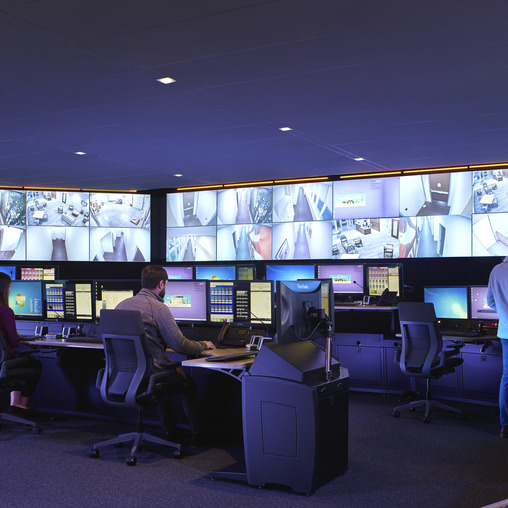
Advocate Security Command Center

Memorial Hermann Hospital System Network Operations Center
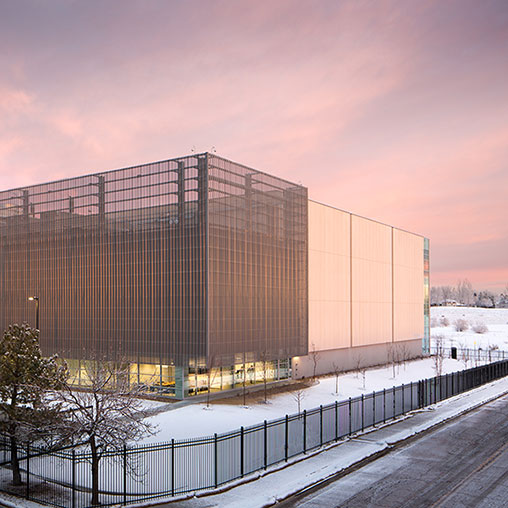
Charter Communications National Center West

Pacific Gas and Electric Company, Gas Operation Control Center

Software Engineering Company
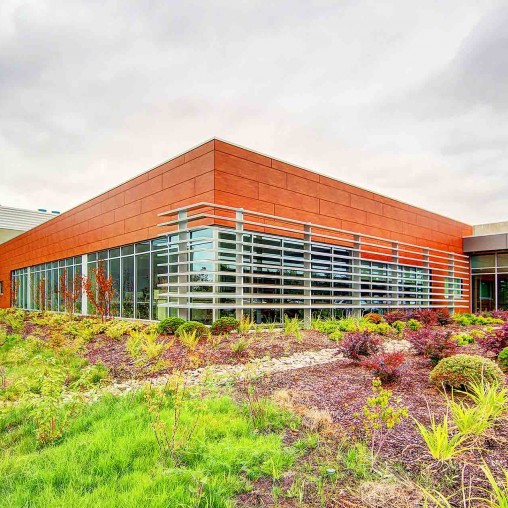
Multinational Computer Software Company

IBM Guadalajara
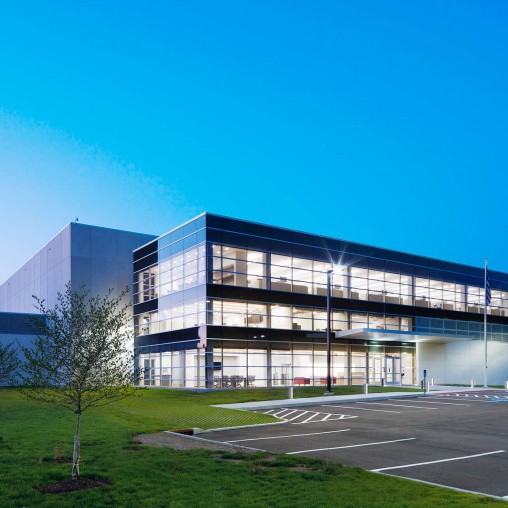
Cleveland Clinic Data Center

Southwest Energy Company Renovation/Repurpose

University of Illinois NCSA Petascale Computing Facility
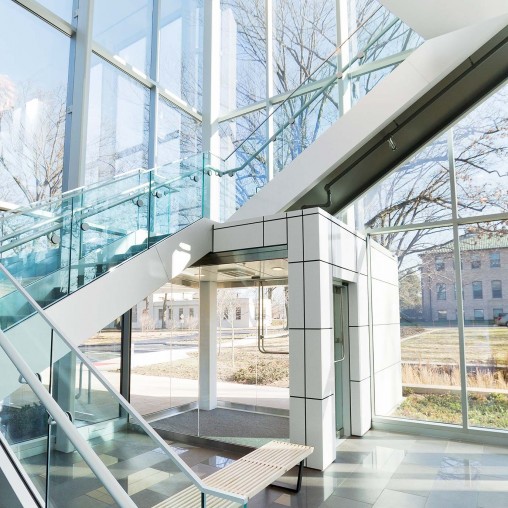
High-Performance Research Computing Center at Princeton University

Banner Health Technology Center

Financial Services (Full-Service Insurance) Company
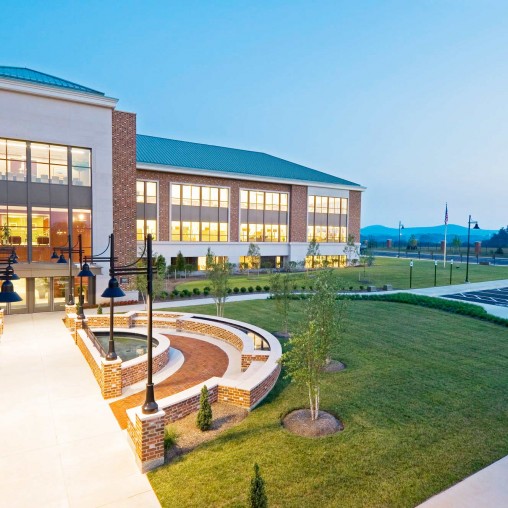
Fannie Mae Data Center
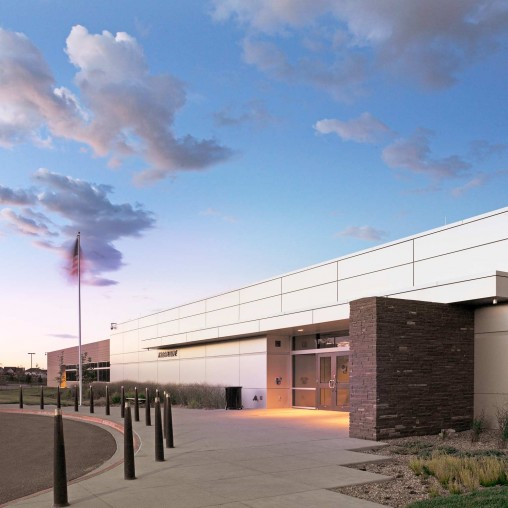
Financial Services (Auto Insurance) Corporation

Financial Services (Banking) Company
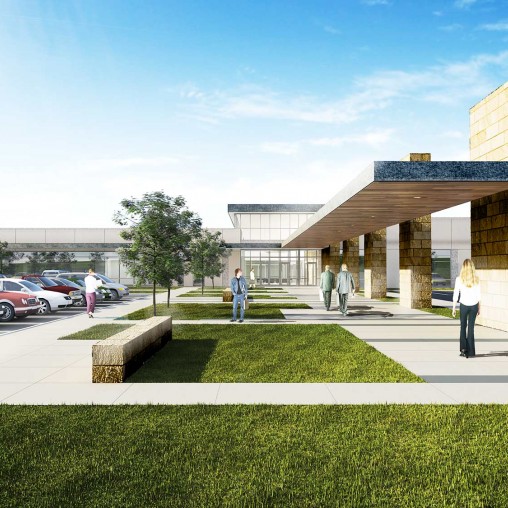
Project Cardinal

How Communities Can Benefit From Mixed-Use Data Center Integration
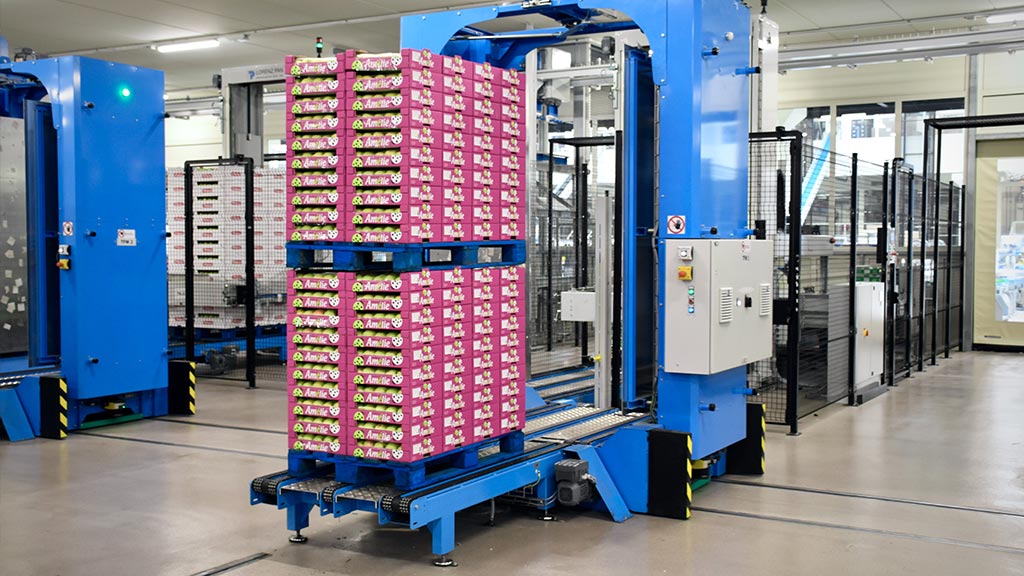
Micro-Fulfillment: The Next Step to Faster, More Efficient Last-Mile Delivery

The Impact of Artificial Intelligence on Data Center Design

Designing for Lower Carbon Concrete in Data Center Constructions

Data Centres and the Forgotten Landscapes of Digital Infrastructure

Utilizing Waste Heat From Data Centers

An Evolving Practice: Industrial Architecture

Using Algae to Offset the Carbon Cost of Data Centres

Living (and Thriving) at the Edge of Technology
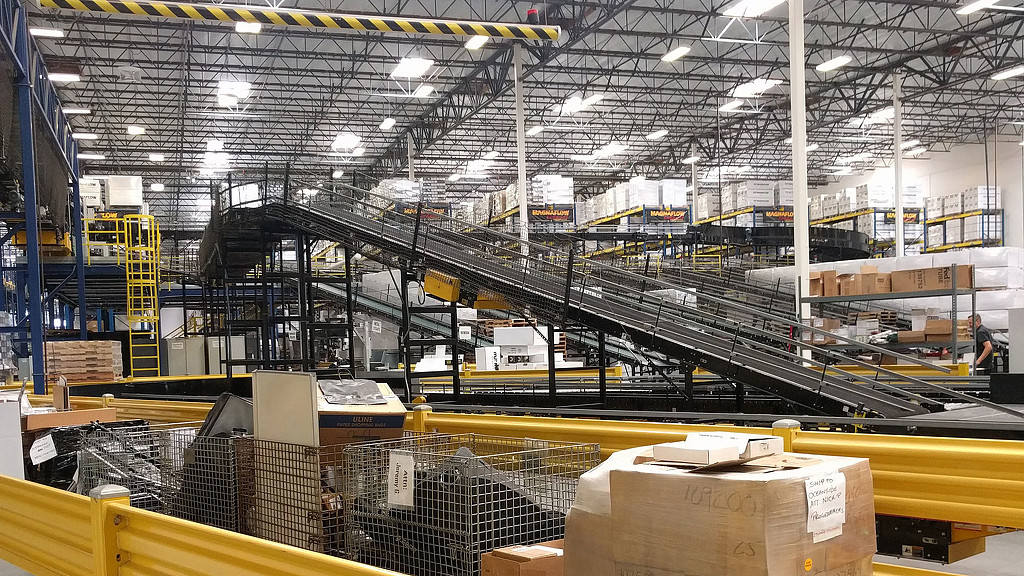
Distribution Center Design and Last-Mile Logistics

Closing the Digital Infrastructure Gap to Keep Cities Connected

As E-commerce Booms, Transportation Logistics Are Shifting to Meet Demand
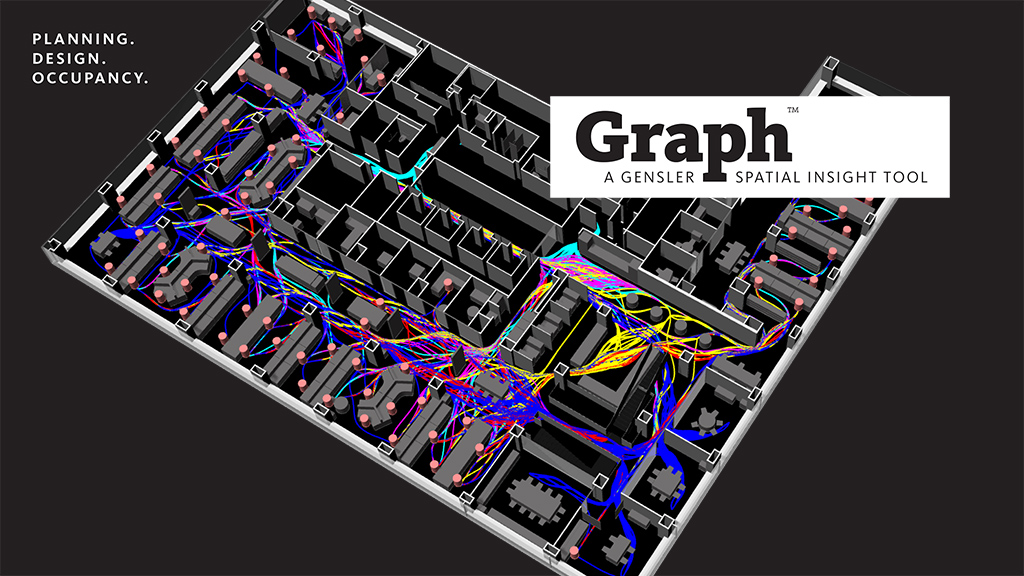
Graph by Gensler: Spatial Analytics for Design

As Data Demand Surges, It’s Time to Invest in IT Infrastructure
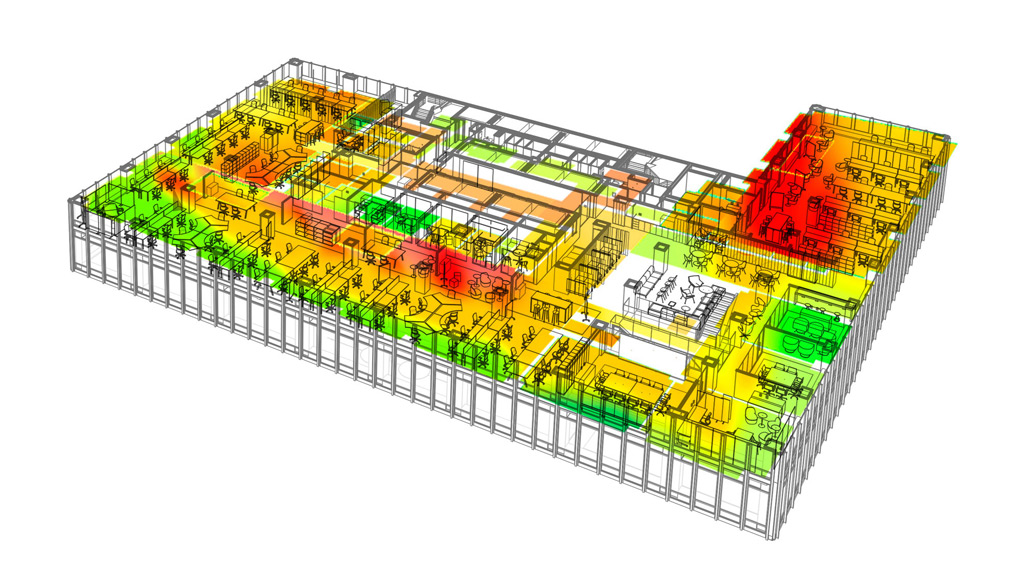
Creating Data-Rich Workplaces to Detect and Curb Viral Transmission
The AI goldrush will drive new growth in the market — and new designs.
The rapid growth of AI and other emerging technologies will have a huge impact on the market as data center operators look to build dedicated AI sites or adapt existing buildings to deploy AI. These advanced operations will force new designs to accommodate more computing power and new kinds of cooling solutions, from traditional air-cooled data halls to direct-to-chip, immersion, and liquid cooling.
Sustainable design options drive more efficient operations.
Data center operators have a growing list of alternatives to lower their energy consumption and decrease their carbon footprint. On-site power generation, near-site green energy sources, waste heat recovery, and alternative material choices — like using timber over concrete — are some of the options available to make data center infrastructure more sustainable and resource efficient.
Existing buildings will be ripe for data center retrofits.
In prime markets, like London or Northern Virginia, urbanization and the shortage of land for large-scale data center development are pushing data centers into brownfield sites, existing buildings, and vertical designs. Former corporate and research campuses on the periphery of urban centers offer attractive acreage and existing architecture for data center development.

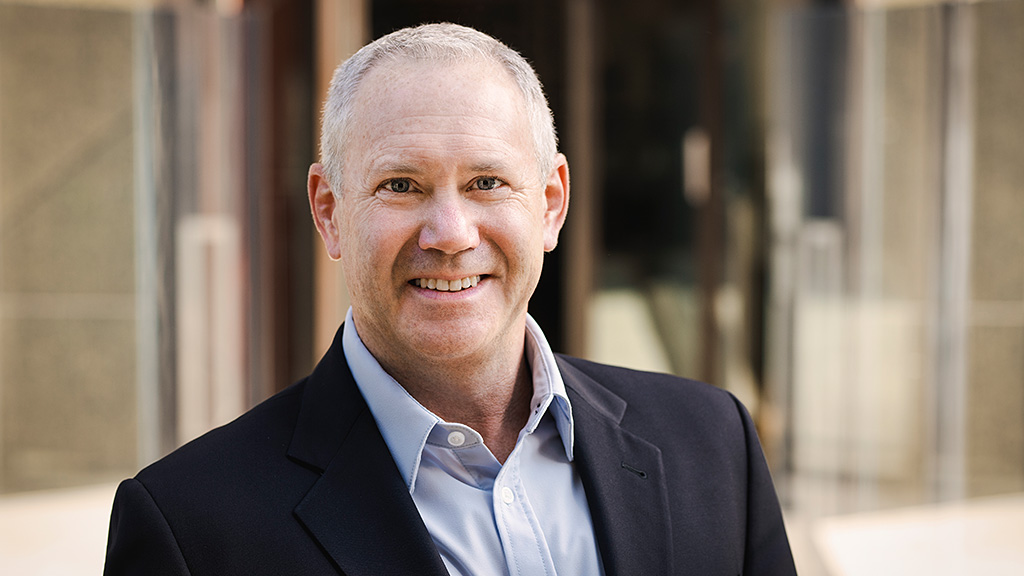
David Fanning
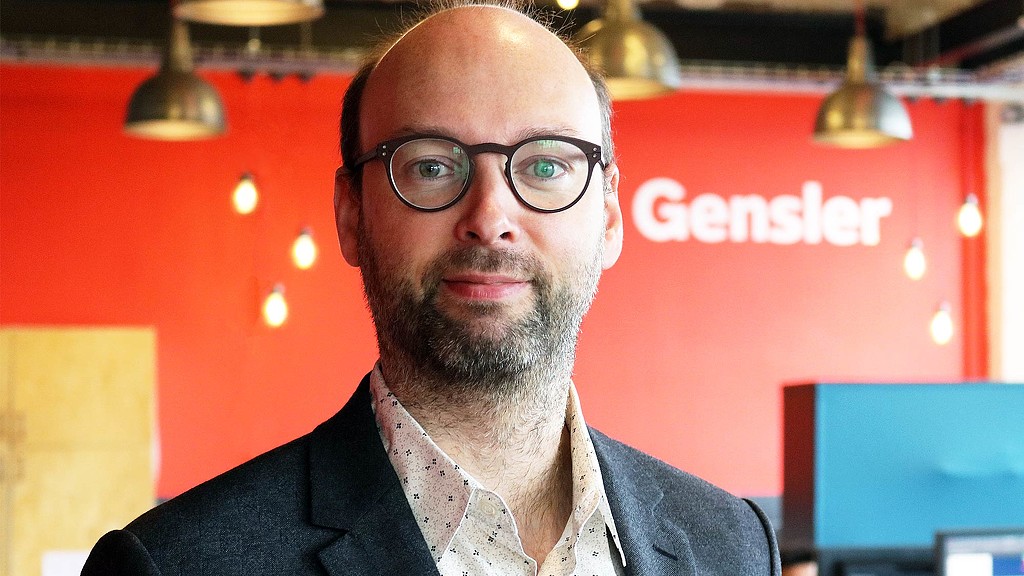
Joost Lansbergen
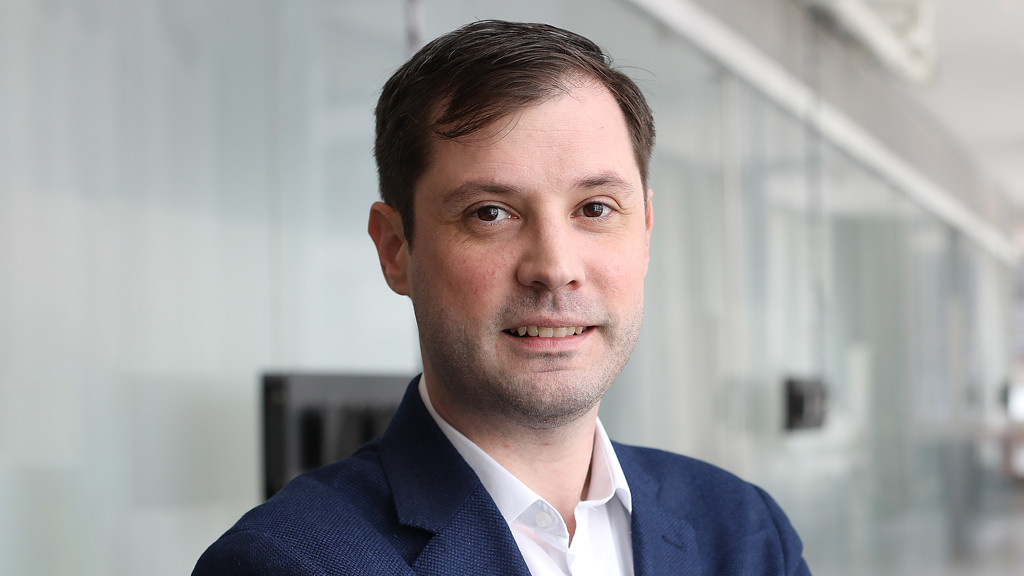
Jackson Metcalf
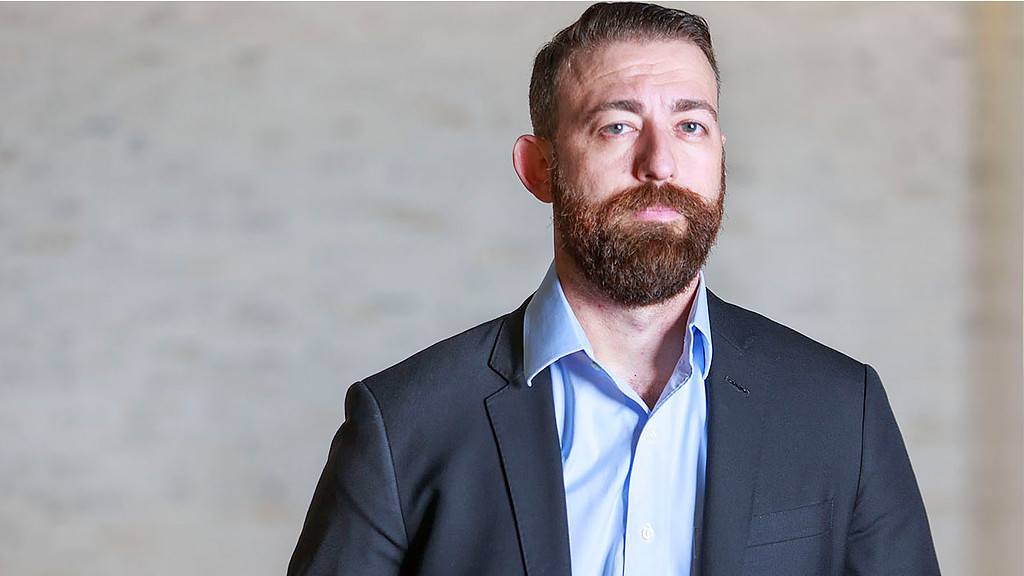
Josh Rosenthal

The Pros and Cons of Building With Precast Concrete

The Popularity of Converting Office Buildings Into Industrial Warehouse Product

Gensler Critical Facilities Leader Jackson Metcalf Discusses Data Center Design Trends
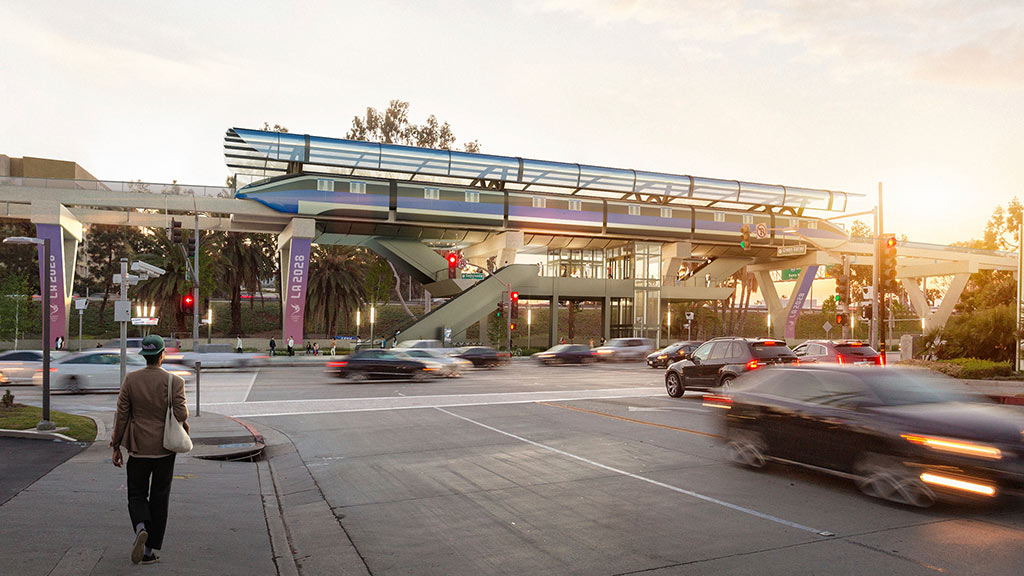
ThisWeekinFM Highlights 10 Trends That Will Change the Built Environment From Gensler’s Design Forecast 2023

Digital Journal Named Gensler Among the Key Players in the Data Center Design Market

Comarch Inc.’s New Gensler-Designed Facility

Design Forecast 2022 Explores Top Trends and Strategies From Gensler’s 28 Practice Areas

A New Headquarters for XNRGY

What Is Driving the Growing Demand for Industrial Projects?
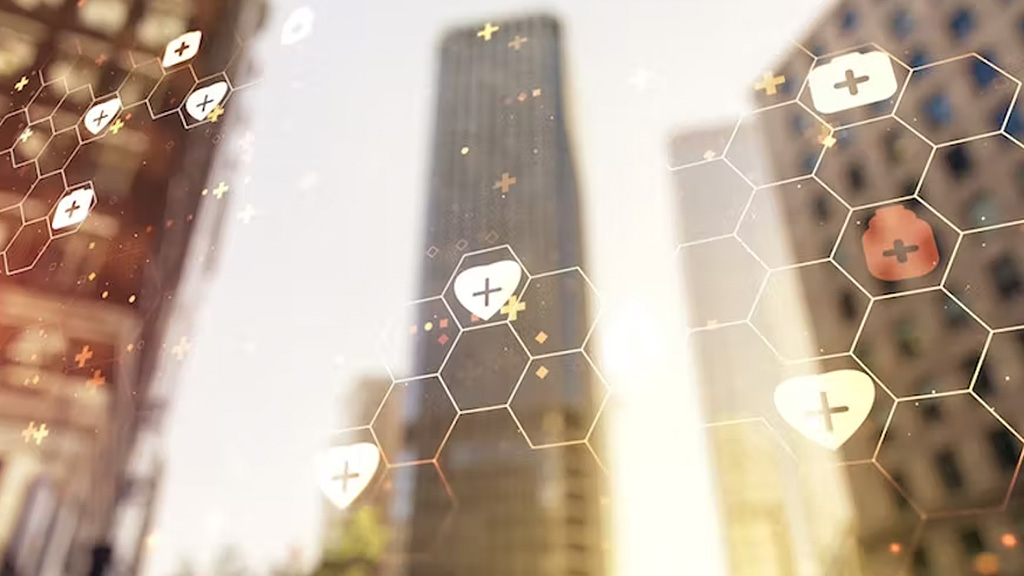
Why Healthcare Data Centers Are Being Pushed Off-Premise

Surges in Online Shopping Are Putting Pressure on Logistics Operations
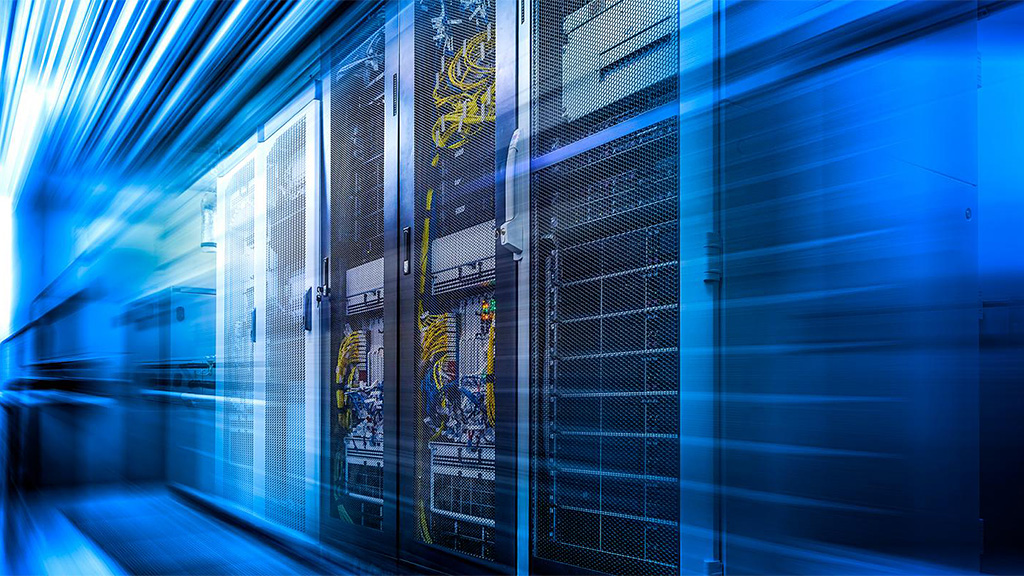
Critical Facilities Leader Jackson Metcalf Explains Why the Pandemic Is Accelerating the Demand for Modern IT Infrastructure
